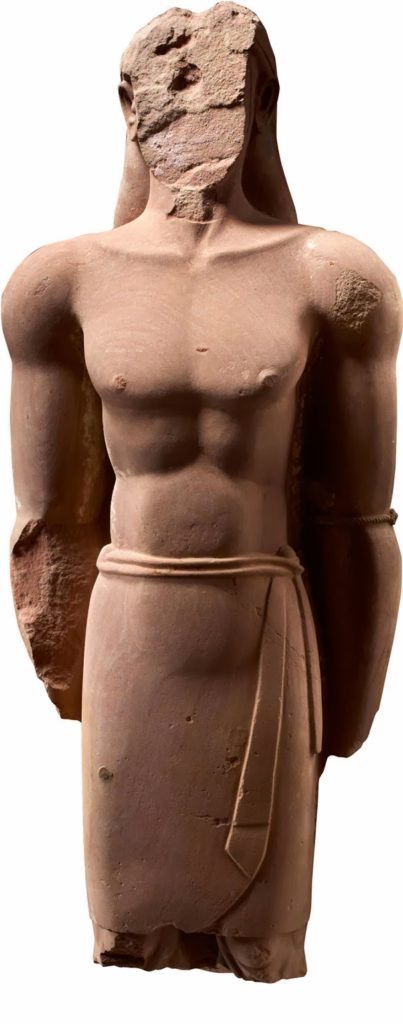We have been following the journey of the “Roads of Arabia” exhibition since its opening in 2011. (Previous posts can be seen here, here, and here.) It is now being shown at the Museum of Fine Arts, Houston, TX, until March 9. An article in the Houston Chronicle describes the exhibit and provides hi-resolution images of some of the highlights. Further information can be found at the Museum of Fine Arts website and at the Roads of Arabia exhibition website.
Roads of Arabia: Archaeology and History of the Kingdom of Saudi Arabia examines the impact of ancient trade routes that traversed the Arabian Peninsula, carrying precious frankincense and myrrh to Mesopotamia and the Greco-Roman world and allowing for a vibrant exchange of both objects and ideas. With the later rise of Islam, pilgrimage roads converged on Mecca and gradually replaced the well-traveled incense roads.
This unparalleled exhibition features objects excavated from more than 10 archaeological sites throughout the peninsula. Among the works on view are alabaster bowls and fragile glassware, heavy gold earrings, and monumental statues. These objects testify to the lively mercantile and cultural exchange between the Arabs and their neighbors, including the Egyptians, Syrians, Babylonians, and Greco-Romans.
The surprising discoveries on display in Roads of Arabia open a new window onto the culture and economy of this ancient civilization. The unprecedented assembly made its U.S. debut at the Smithsonian Institution’s Arthur M. Sackler Gallery in 2012 before traveling to the Carnegie Museum of Natural History in Pittsburgh. An earlier version of the show was exhibited in Barcelona, Berlin, Paris, and Saint Petersburg.
